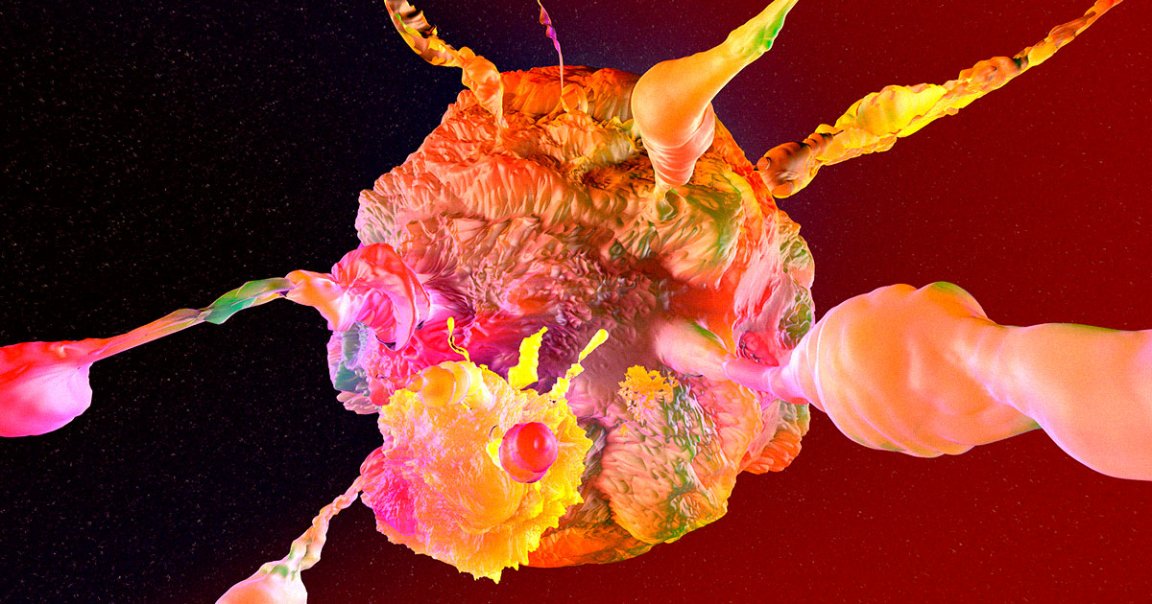
Researchers at Johns Hopkins University have discovered that cancer can be detected in the bloodstream a full three years before it’s spotted by doctors for an official diagnosis.
As detailed in a partially government-funded study published in the journal Cancer Discovery last month, the team found that genetic material being shed by cancer tumors can show up in the bloodstream far earlier than previously thought, paving the way for promising new cancer screening methods that could potentially head off the disease long before it gets more serious.
In some cases, the advanced detection could make the difference between being able to beat the cancer or not, according to the researchers.
“Three years earlier provides time for intervention,” said lead author and Johns Hopkins University School of Medicine professor of oncology Yuxuan Wang in a statement. “The tumors are likely to be much less advanced and more likely to be curable.”
However, plenty of questions remain as to how useful early cancer screening tests will turn out to be in practice, and researchers will have to figure out how to turn a positive test result into a potentially lifesaving early cancer treatment.
The Johns Hopkins team analyzed plasma samples that had previously been collected to study the risk factors of cardiovascular diseases, including heart attack, stroke, and heart failure.
Using advanced genetic sequencing techniques, they analyzed 26 blood samples of participants who had been diagnosed with cancer within six months, and compared them to 26 other samples of participants who weren’t diagnosed with cancer.
The researchers found that their “multicancer early detection” (MCED) lab test correctly identified eight as showing early signs of cancer. Four of the eight showed additional signs of tumor-derived mutations.
“This study shows the promise of MCED tests in detecting cancers very early, and sets the benchmark sensitivities required for their success,” said senior author and Ludwig Center at Johns Hopkins professor of oncology Bert Vogelstein in the statement.
However, plenty of questions remain. For one, finding the best intervention if early warning signs do show up might be tricky, since current treatment regimens are built around detecting cancer so much later.
“Of course, we need to determine the appropriate clinical follow-up after a positive test for such cancers,” said senior author and Ludwig Center professor of oncology Nickolas Papadopoulos in the statement.
Other uncertainties include finding out which types of cancer MCEDs can reliably detect, and how effective these tests will actually be in reducing the number of cancer fatalities.
“Screening interventions that are done on very broad swaths of the population — most of whom will not benefit — should be very well characterized,” World Health Organization epidemiologist Hilary Robbins told Nature earlier this year. “And their benefits should be proven before they’re rolled out.”
More on cancer: Far Too Many Americans Googled “What Is a Prostate” Following Joe Biden’s Cancer Diagnosis